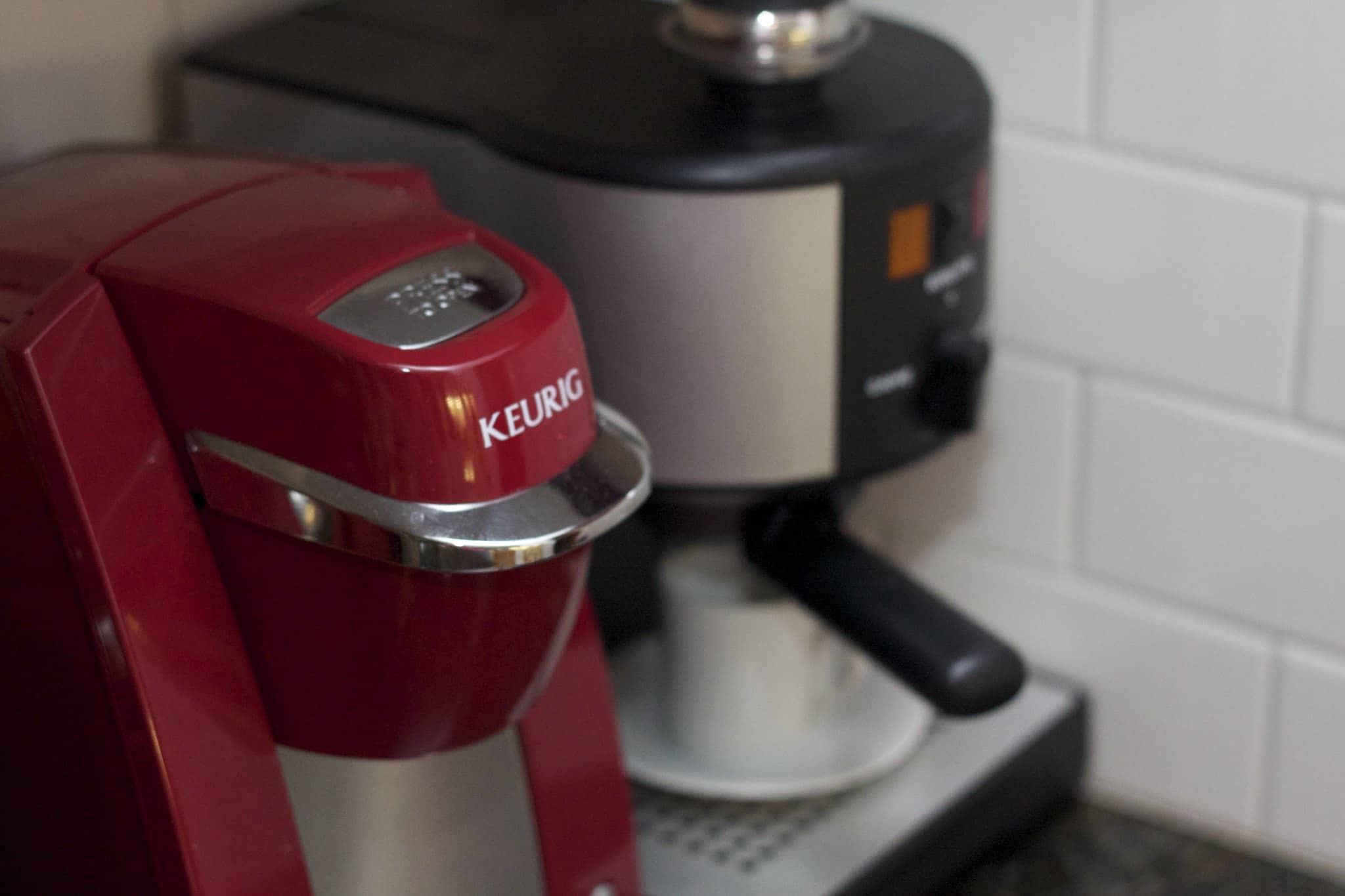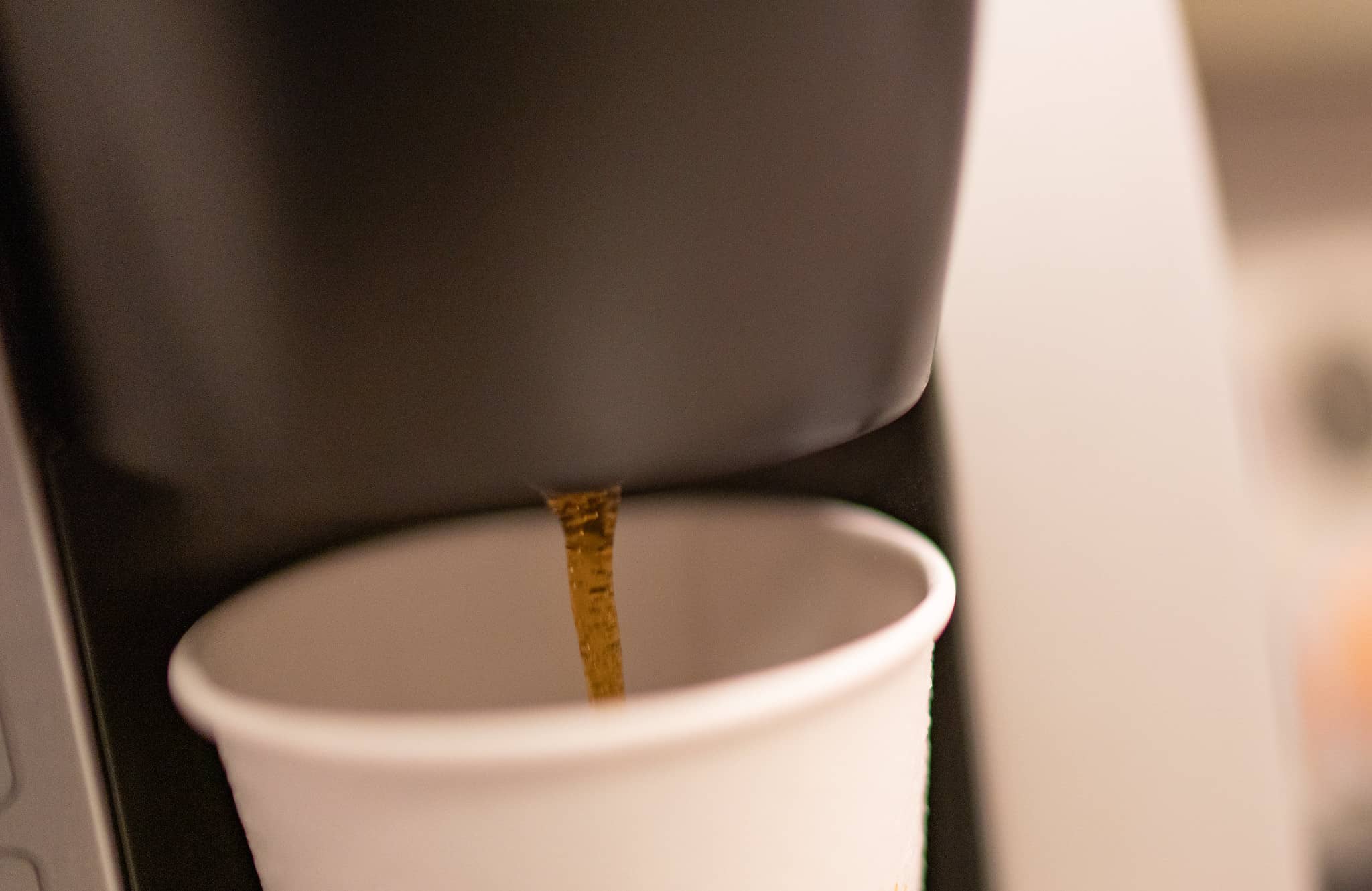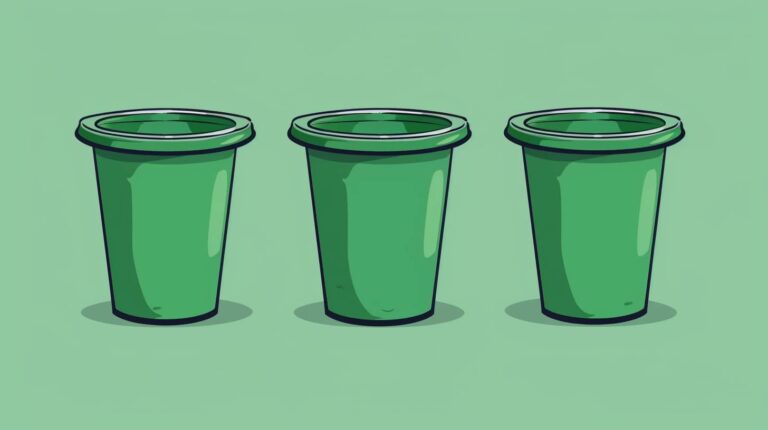Why Your Keurig Says Descale

Walked up to your Keurig machine this morning and found it flashing a descale light. We’re here to help! In this guide, we’ll cover why your Keurig is telling you to descale and how you can turn that light off.
The descale light is your machine’s way of asking for cleaning. Over time, minerals from water can build up inside a Keurig, affecting its performance. The “Descale” message is a signal that it’s time to run a descaling solution (citric acid) through the machine to clean out those deposits.
The health of your Keurig is crucial not just for its longevity but for the taste of your coffee too. Just like you wouldn’t want limescale buildup in your kettle a little maintenance to keep things running smoothly is always worth it.
Why Does My Keurig Say Descale?
When your Keurig pops up with that “Descale” message, it’s telling you that it’s time for a bit of essential maintenance.
Over time, as water consistently runs through the coffee maker, mineral deposits, especially calcium from hard water, start to build up in the internal components. These deposits can cause clogs, potentially affecting how well it works, the taste of your coffee, and even the lifespan of your Keurig.
If left unchecked, this mineral buildup can prevent the water from heating to the correct temperature or flowing as it should, leading to inconsistent coffee strengths or less coffee hitting your cup than you put into the machine.
The “Descale” alert is a preventive measure, ensuring that your machine continues to work well and gives you that perfect cup of coffee every time. So, the next time your Keurig asks for a descaling session, it’s a good idea to pay attention and set a half hour aside to complete it.
Tip: If you live in a place with “harder” water (more minerals) you will need to descale the machine more often. This can be avoided by using a water filter like a Brita pitcher.
What is Descale Mode?
“Descale Mode” isn’t some high-tech setting or a complex feature exclusive to the newest Keurigs.
In fact, it’s a basic maintenance function found in many coffee makers, especially single-serve ones like the Keurig. Over time, anything that heats water, from kettles to coffee makers, can get mineral deposits building up, usually from calcium and lime found in tap water.
These deposits can interfere with the machine’s ability to heat water properly and can cause clogs or reduce how efficiently your machine runs. “Descale Mode” is Keurig’s built-in process to help you efficiently remove these mineral buildups.
Engaging “Descale Mode” often involves first holding down the 8 & 12oz buttons simultaneously. Then adding a specific descaling solution or a mixture of water and white vinegar to the water reservoir and running the machine without a coffee pod. This process helps to dissolve and flush out the mineral deposits.
Once completed, it’s also essential to run a few cycles of plain water to ensure no residual descaling solution or vinegar taste remains. By regularly using “Descale Mode” when prompted or as part of routine maintenance, you’re ensuring that your coffee maker remains in top shape, providing consistently delicious brews every time.
How to Descale a Keurig


If you’re like me and slightly leery of trying to clean something as important as the coffee maker (because I need coffee to get going in the morning), you may be hesitant to descale the machine. Luckily, Keurig makes it easy with a few simple steps. To descale, you’ll:
1. Get Ready
Switch your Keurig on and empty the water reservoir. Double-check that there are no pods in the machine and remove them if you find a stray one.
2. Get the Descaling Solution
For this step, Keurig recommends you use their descaling solution. However, if you’re in a pinch, a mixture of water in vinegar in equal parts works. For the Keurig descaler, follow the instructions on the label to dilute it correctly.
You can also use vinegar to descale.
3. Fill the Water Reservoir
Pour the vinegar and water mixture or descaling solution into your Keurig’s water reservoir until you hit the “max fill” line.
4. Catch the Cleaner
Put a large mug or something to catch the cleaning mixture on the drip tray. I like to use those glass measuring cups with a spout because it avoids a mess by not running over, and the spout makes it easy to get rid of it.
5. Start Descale Mode
If there’s a Descale button on your Keurig, press it. If not, make sure the Keurig is off and put it into this mode by pressing and holding the 8oz and 12oz buttons at the same time.
6. Run the Descaler
Run cycles until the Keurig tells you to add water by switching the indicator light on. At this point, the reservoir should be empty, and it may take a few brew cycles.
7. Rinse
Give the reservoir a thorough rinse with fresh water and dump out the used descaling solution or water and vinegar mix.
8. Refill with Fresh Water
Carefully add fresh, clean water back into the reservoir until you get to the “max fill” line.
9. Run Rinse Cycles
Ideally, you’ll run at least 12 cups of water through your Keurig to rinse it and ensure there are no traces of descaler left behind. Run as many cycles as it takes to empty the reservoir.
10. Finish
Switch the Keurig off and allow it to cool down. Once it does, wipe off any external parts with a damp rag. That’s it! Your Keurig should be ready to go.
If you’re descale light won’t turn off after descaling, check out my article here.
What If Your Descale Light Won’t Turn Off
There are a few reasons why your Keurig’s descale light stays stubborn on after you clean it, but the biggest one is that you never put the Keurig into descale mode in the first place, so the machine doesn’t know you already cleaned it. Other potential causes include not running enough water after descaling or a clogged needle.
For a full rundown of why your Keurig descale light won’t turn off and how to fix it, take a look at our detailed guide.
What If I Don’t Descale My Keurig?


Choosing to ignore the “Descale” alert on your Keurig might seem harmless at first. After all, the machine still gives you your daily coffee, right?
However, neglecting this step can lead to various problems that can affect both your machine’s performance and your coffee experience. Over time, the accumulated mineral deposits, especially from calcium and lime in hard water, start to coat the internal parts of the coffee maker
These mineral build-ups can restrict the water flow, causing the brew cycle to shut off prematurely. You might notice your formerly strong coffee now tastes weak or watery.
As these deposits build up the heating elements, the Keurig may struggle to heat the water to the ideal brewing temperature. In the long run, persistent scale buildup can put stress on the machine, and this can make it malfunction or not last as long. Also, there’s also an increased risk of bacterial growth in areas where water can’t flow as it should.
So, while it might be tempting to put off descaling or think of it as an unnecessary chore, doing so can cost you in terms of coffee quality, machine health, and potential repair or replacement expenses down the road.
This article was written by Sara. You can learn more about Sara on our About Page
